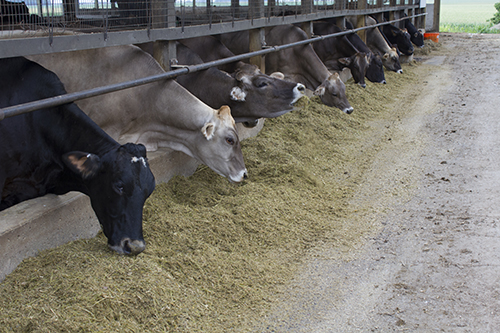
With the onset of sexed semen and other management factors, the average age of the American dairy cow is getting younger.
That being said, many dairies still benefit from focusing on longevity in their herds. For the most part, this is associated with the higher levels of milk production potential available as cows age.
In order to fully understand some of the intricacies behind the benefits and drawbacks of older cows, researchers in Switzerland and Germany investigated the changes that cattle digestive tracts undergo as they age.
Specifically, the researchers were hoping to understand the development of feed intake, chewing activity, and digestion in older cows compared to younger bovines.
The scientists found that organic matter intake goes up as a cow ages and that fiber digestibility peaks around 4 to 6 years of age. Additionally, the amount of time feed sits in the rumen is significantly higher in older cows than younger.
The study published in the May Journal of Dairy Science concluded older cows maintained intake and digestion efficiencies while retaining feed longer in the rumen and chewing rumination boluses more intensively than younger cows. The researchers predict older cows learn from experiences in feeding and ruminating behavior as well as undergoing anatomical changes that explain these results.
July 5, 2016








